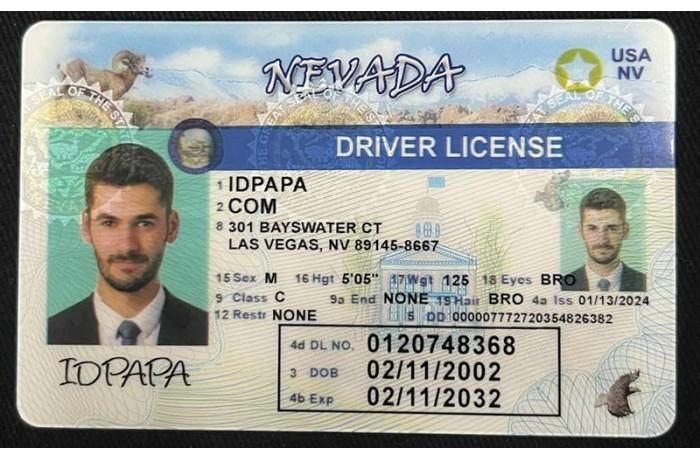The digital realm undergoes a rapid evolution in how we verify ourselves online. Novel technologies are altering the concept of digital identity, creating both opportunities and driving a more sophisticated online experience. Blockchain are gaining traction in this space, providing individuals with increased autonomy over their data and {identities|. This trend is likely to shape various sectors, including finance, healthcare, and government.
- Some key trends are this evolution:
- Fingerprint scanning
- Deep learning
- The rise ofimmersive experiences
Navigating these developments is crucial for {individuals|, businesses, and governments to ensure a safe, secure digital future.
Combating ID Fraud: Strategies for a Secure Digital World
In today's increasingly digital landscape, identity fraud poses a significant threat to individuals and organizations alike. To effectively combat this growing menace, it is crucial that we implement robust security measures and promote a culture of awareness.
Utilizing multi-factor authentication, regularly updating software and devices, and implementing strong password hygiene are primary steps in safeguarding against ID illegality. Furthermore, educating users about the threats of phishing scams and other social engineering tactics is indispensable.
Cooperation between governments, businesses, and individuals is key to creating a secure digital environment. By working together, we can minimize the impact of ID fraud and safeguard our valuable information in an increasingly interconnected world.
Navigating the Legal Labyrinth: copyright Laws and Their Implications
The sphere of fake identification presents a complex legal landscape. Laws governing these identifiers fluctuate widely across jurisdictions, presenting a complex web for both persons and authorities.{ Possession of a copyright can lead in severe penalties, including fines, jail time, and a criminal record. Moreover, the procurement of these forged documents can frequently be linked to more serious criminal activities, further highlighting the importance of adherence with these laws.
Biometrics: A Powerful Tool for Enhanced Security in Digital ID Systems
The digital read more realm is rapidly evolving, necessitating robust security measures to safeguard sensitive information. Biometrics, the science of measuring and analyzing inherent human characteristics, presents a compelling solution for enhanced security within digital ID systems. By leveraging biometrics like fingerprint scanning, facial recognition, or iris verification, digital identities can be authenticated with unprecedented accuracy and resilience against fraud. This technology not only simplifies identity verification processes but also establishes a secure framework for managing essential personal data in an increasingly interconnected world.
Traditional methods pale in comparison to the benefits of biometric security|. They are inherently difficult to forge or replicate, reducing the risk of unauthorized access and identity theft. Moreover, biometrics provide a seamless user experience, as users can conveniently verify their identities without using multiple authentication factors.
- However| , it is crucial to address potential concerns surrounding biometrics, including data privacy and the potential for misuse. Robust regulatory frameworks and ethical guidelines are essential to ensure responsible implementation and mitigate any negative consequences.
Balancing Convenience and Privacy: The Ethical Considerations of Biometric Authentication
Biometric authentication presents a frictionless way to identify users. However, the widespread implementation of this technology raises significant ethical questions. Storing biometric data poses a unique set of risks to user privacy, as this information is uniquely personal and immutable. Moreover, the potential for exploitation of biometric data by malicious actors demands careful consideration concern.
A delicate harmony must be maintained between the advantages of convenience and the urgency to protect user privacy. Stringent safeguards, such as encryption, explicit consent mechanisms, and comprehensive regulations are critical to mitigate these risks and ensure the ethical implementation of biometric authentication.
Ultimately, the goal should be to exploit the possibilities of this technology while upholding the fundamental right to privacy.
Strengthening Trust: Best Practices for Implementing Secure Digital Identity Solutions
In today's increasingly digital world, robust digital identity solutions are paramount to fostering trust and securing sensitive information. To effectively implement these systems, organizations must adhere to best practices that prioritize anonymity, visibility, and scalability. A key component involves implementing multi-factor authentication procedures to verify user credentials. Additionally, comprehensive audits and vulnerability assessments are crucial for identifying and mitigating potential vulnerabilities. By adhering to these best practices, organizations can create a secure and trustworthy environment for users while mitigating the risk of fraud and data breaches.
